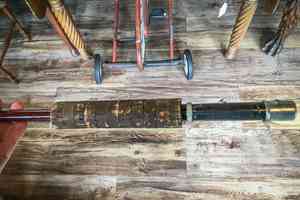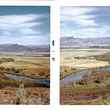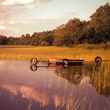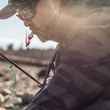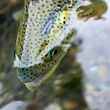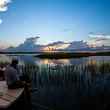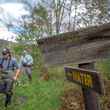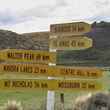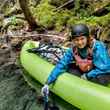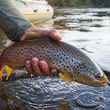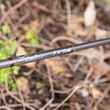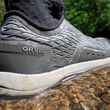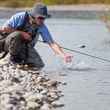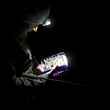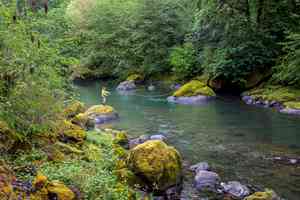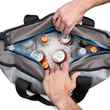When preparing for a trip into the backcountry, choosing the right gear can be a daunting task. There's lots of stuff you'll need, but even more that you won't, and making sense of it can be cumbersome. Over the next few weeks, we'll be offering some helpful guidelines on how to prepare for a venture into the backcountry, with a slant towards backcountry fly fishing.
We'll provide some guidelines on what to bring, what to leave behind and how to make your decisions. We'll provide reviews and feedback on specific models, detailing what we discovered we liked and what we didn't during several summer backcountry fishing excursions that provided a wealth of gear testing opportunities.
First, we'll tackle the essentials: whether or not fishing is your ultimate goal, no gear is more essential than that which will provide for your shelter, warmth and ability to transport all the other gear that will accompany you. Not only are these items you can’t do without but their suitability and effectiveness stand to have the greatest impact on the success of your trip. Though it may go without saying, these needs are provided for by the backpack, tent and sleeping bag you choose for your journey, as well as other related items such as a sleeping pad. Choosing these items wisely will pay huge dividends once you’re in the field, so it is important to make your selections with care and from an informed perspective.
Subsequently we'll dig into the rest. Water filtration, mess kits, lanterns and lights. Ropes, utility tools, first aid and more. We won't cover everything every one might want in the backcountry, but we'll help you build a list of gear that will provide for a successful trip. We'll even provide a handy spreadsheet you can use to take inventory.

